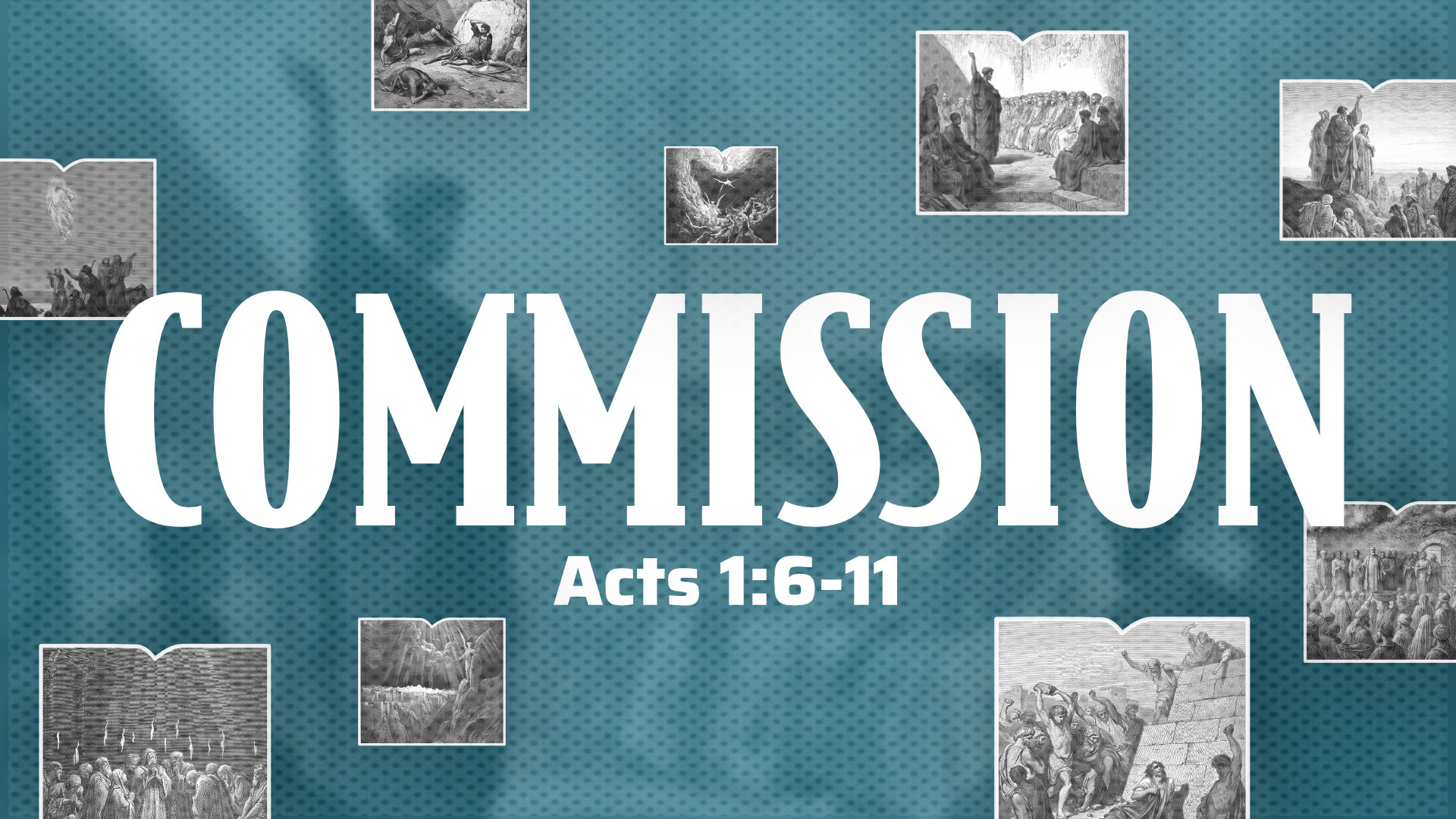History of Mission
History is HIStory. It begins and ends with God. However, it involves God’s people as they respond to His Commission to “make disciples of all peoples.” Over time, God’s people have responded differently to this commission, with obvious varying results.
Missions
History of Mission
History is HIStory. It begins and ends with God. However, it involves God’s people as they respond to His Commission to “make disciples of all peoples.” Over time, God’s people have responded differently to this commission, with obvious varying results.
THE STORY OF MISSION (aka, “Salvation History”)
- Creation -- Fall -- Redemption -- Restoration
OVERVIEW OF MISSION HISTORY (see David Bosch, Transforming Mission)
EARLY CHURCH ERA (ca. AD 33-100)
- Scripturally, this era is all about “Make disciples of all.” (Matthew 28:18-20)
- Goal of mission: disciples
- Centrality of “last things” is seen. The Church sees itself as an eschatological community.
- HINGE MOMENT: Antioch and Ephesus (Acts 13:1-3, Acts 19:10)
- KEY FIGURES: Barnabas and Paul (his team), other apostles
ORTHODOXY ERA (ca. AD 200s-500s)
- Scripturally, this era is all about “God so loved the world.” (John 3:16)
- Goal of mission: life in all its fullness, abundant and eternal
- Centrality of theology is seen. The Church focuses on being a worshiping community.
- HINGE MOMENTS: Christianity becomes state religion, and the subsequent Council of Nicea
- KEY FIGURES: Constantine, Patrick, Columba, Nestorius
CHRISTENDOM ERA (ca. AD 600s-1400s)
- Scripturally, this era is all about “Compel them to come in.” (Luke 14:23)
- Goal of mission: expanding Christendom in the then-known world
- Centrality of church, state, and culture and how they intersect becomes prevalent. The Church sees itself as a powerful conquering institution.
- HINGE MOMENTS: Separation of Eastern/Western Churches; The Crusades; Orders Established
- KEY FIGURES: Cyril/Methodius; Francis/Lull; Boniface and Vladimir
REFORMATION ERA (ca. AD 1500-1750)
- Scripturally, this era is all about “The gospel is the power of salvation for everyone who believes.” (Romans 1:16)
- Goal of mission: renewal, in both theology and practice
- Centrality of Scripture plays a huge role in this era (put in the language of the people).
- The Church is now seen as a reforming community.
- HINGE MOMENTS: Gutenberg Press, Discovery of New World, 95 Theses
- KEY FIGURES: Congregation for the Propagation of the Faith, the Jesuits, Count von Zinzendorf
MODERN MISSIONS ERA (ca. AD 1750-1940)
- Scripturally, this era is all about “Come over and help us.” (Acts 16:9)
- Goal of mission: salvation/better life for all
- Centrality of mission is task, going to people without knowledge of Jesus.
- The Church sees itself largely as a civilizing community.
- HINGE MOMENTS: Great Awakenings, Particular Baptist ministerial meeting, Northampton, England, SBC established
- KEY FIGURES: Brainerd/John Eliot, Whitefield/Wesley, Carey, Taylor, Judson, Rice, Booth
- SBC: Billy Graham, Lottie Moon, Annie Armstrong
EMERGING MISSION ERA (ca. AD 1940-current)
- Scripturally, this era is all about “They preached, drove out demons, and healed them.” (Mark 6:12-13)
- Goal of mission: disciple the nations/people groups for spiritual and social transformation
- Centrality of holism-life, deed, word, and sign, all working together. The Church sees itself more as a pilgrimcommunity.
- HINGE MOMENTS: Pentecostal Movement, parachurch and ecumenism, esp. Wycliffe/UBS
- KEY FIGURES: Allen, Townsend, Schweitzer, Jim Eliot, Newbigin
- SBC: Baker James Cauthen, David Garrison, Avery Willis
INSIGHTS AND OBSERVATIONS
- The Church has done its best work in mission when it has focused outwardly.
- There is a cost to the mission, but it is not optional. We are called to this.
- Internal refocusing is necessary from time to time as a “corrective.”
- We’ve learned better how to do mission work by focusing less on self and more on the people He’s created.
Unfortunately, humans are slow learners, and it has impacted Kingdom efforts in many places (10/40 Window, in particular).






































